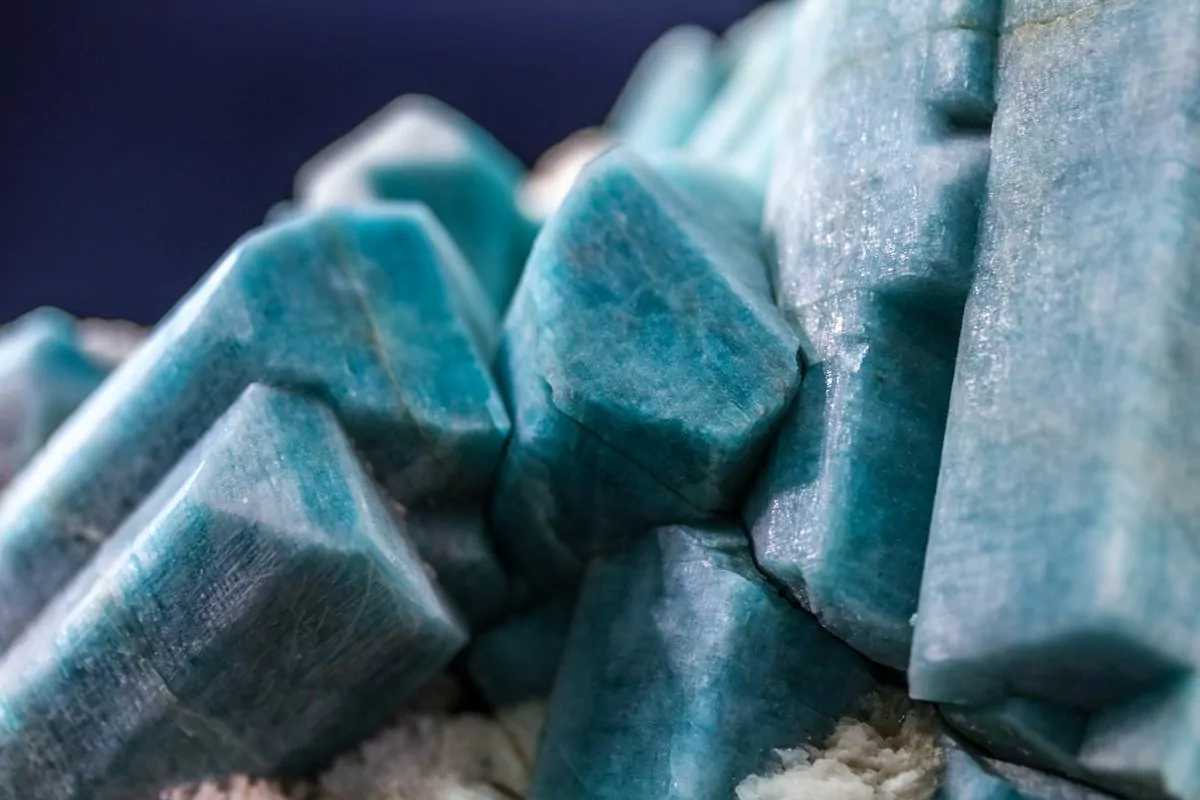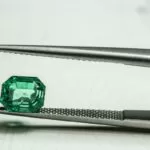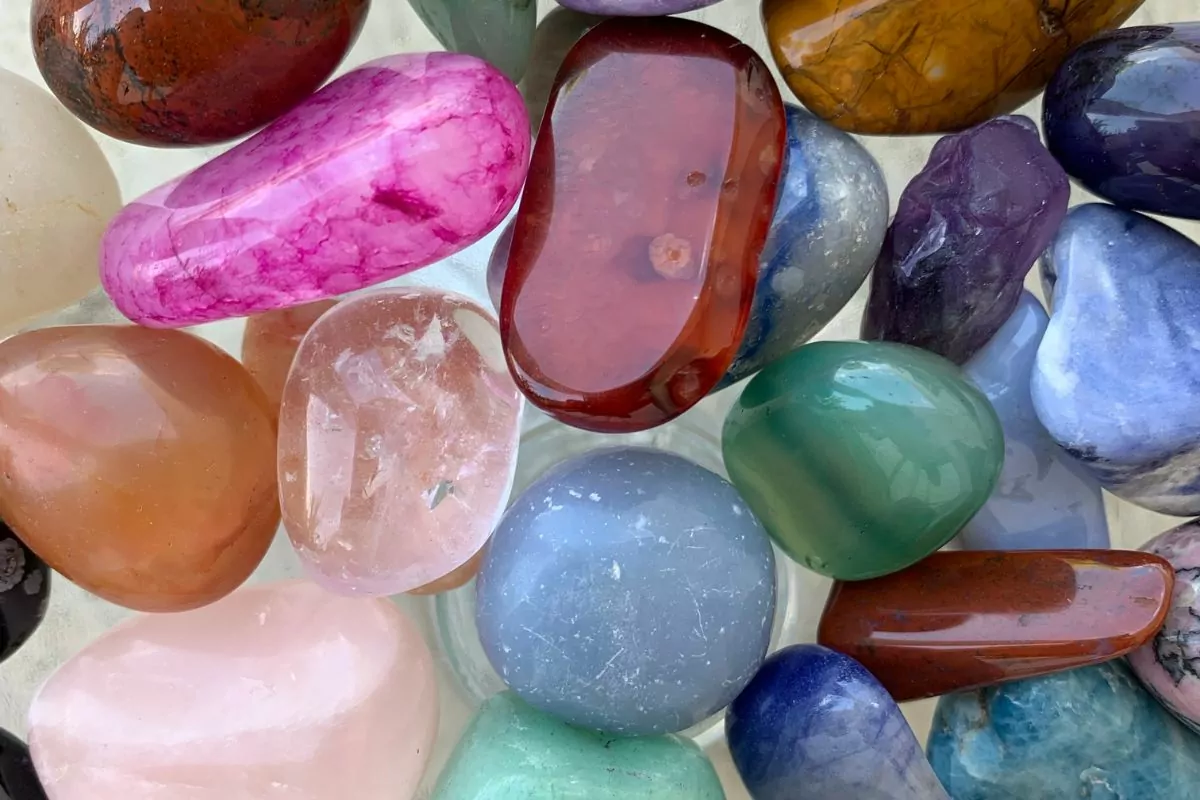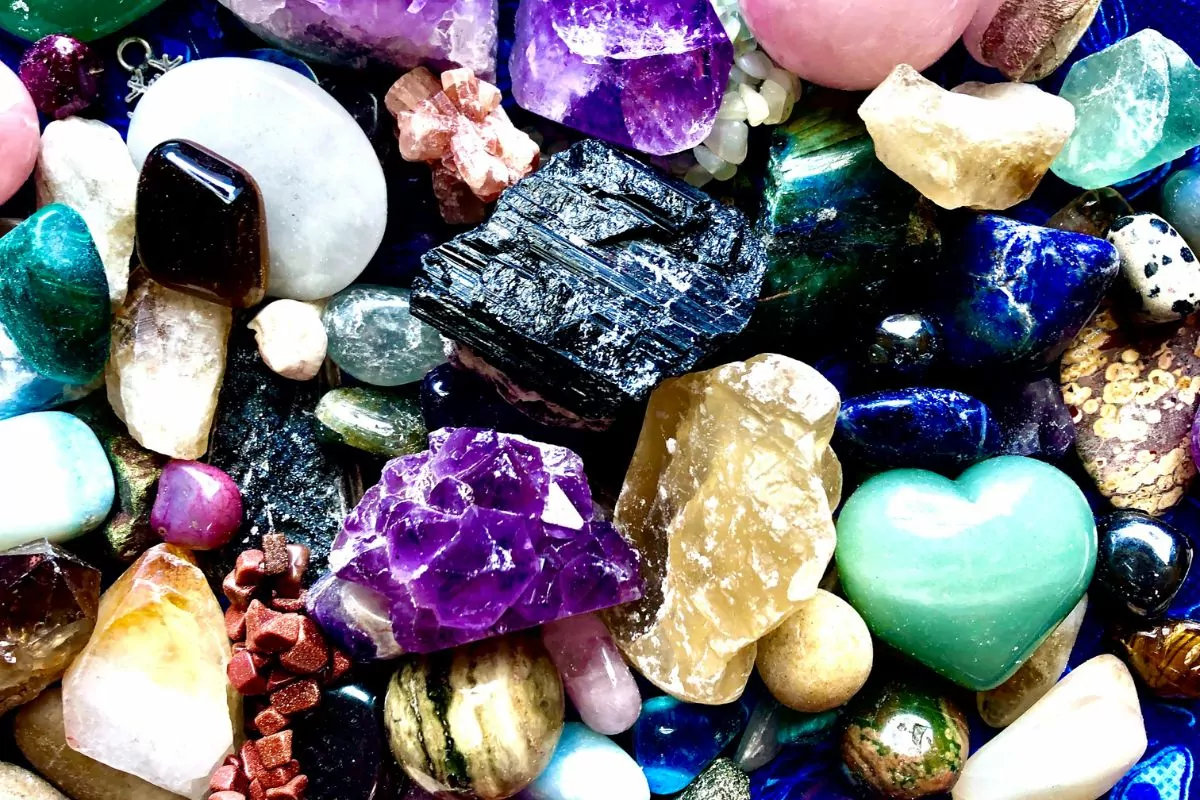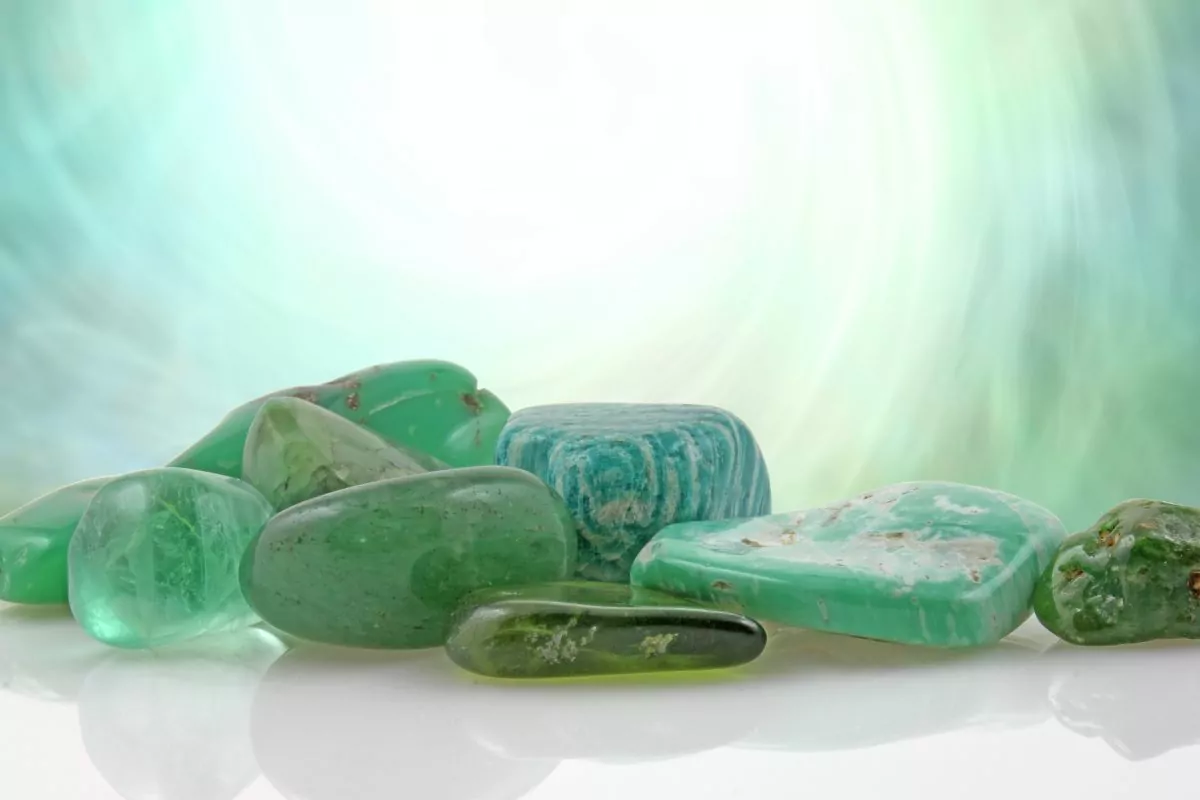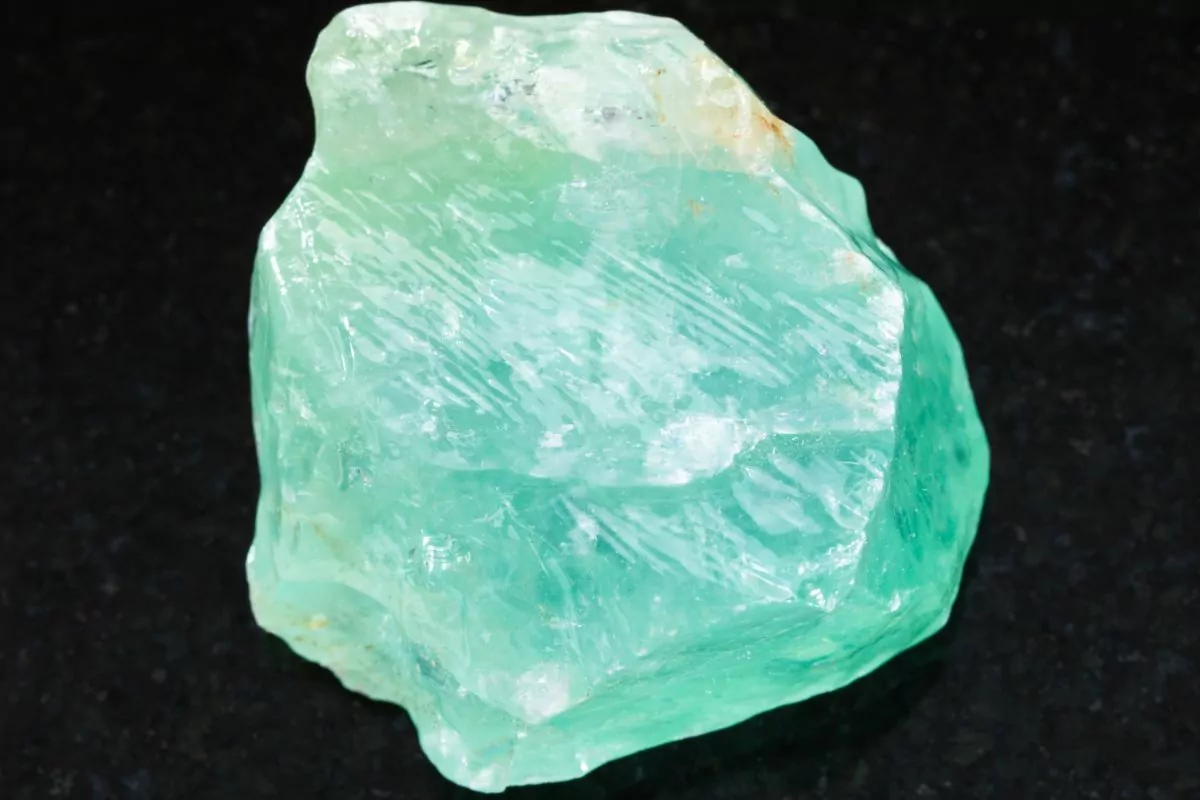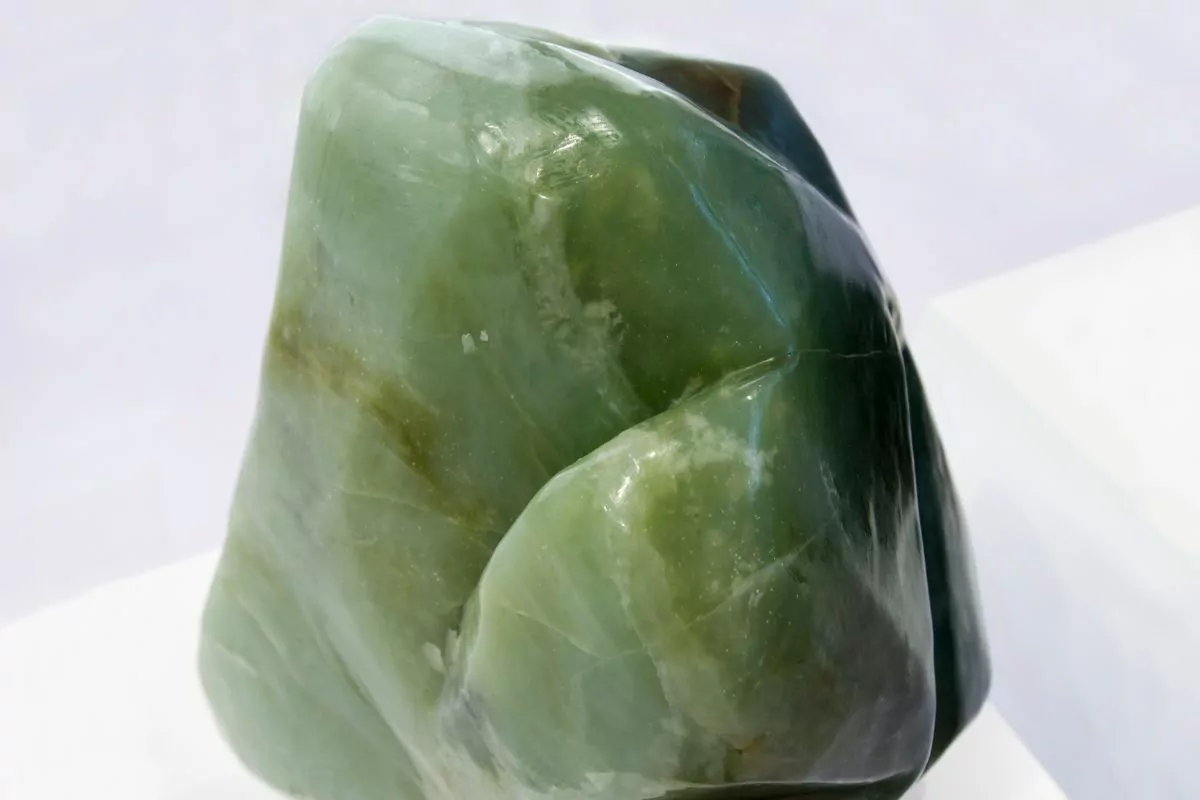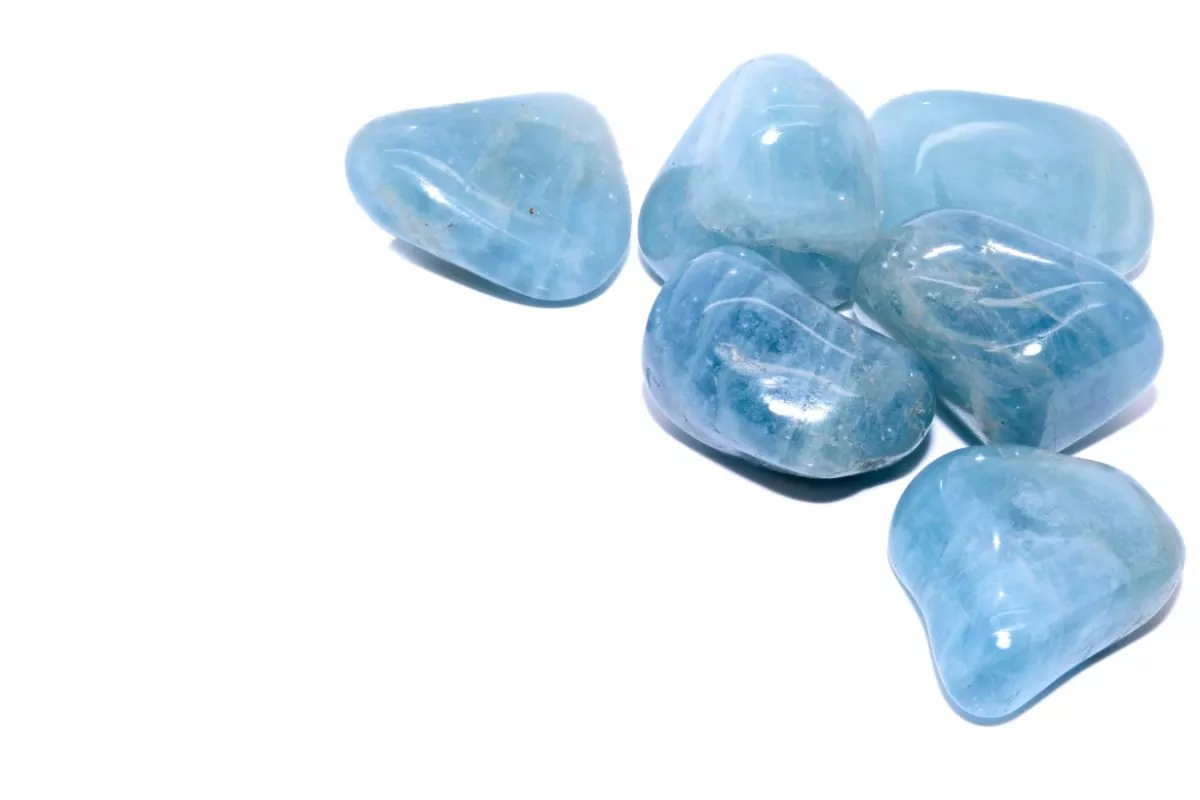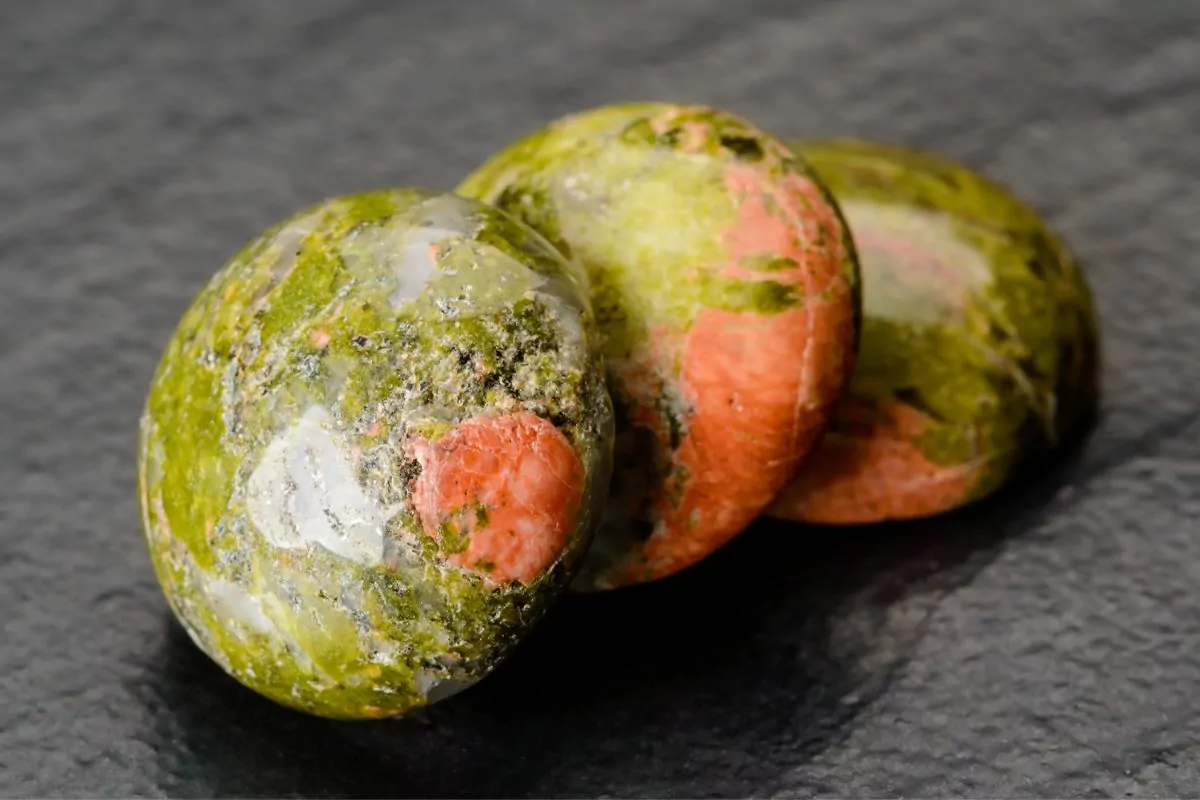Agate, an abundantly available crystal, captivates with its unique beauty and rich history.
Though it’s not grouped with precious stones like diamonds or emeralds, agate has carved its niche in the world of gemstones, offering an array of colors and patterns that make it a favorite among collectors and crystal healers.
Understanding agate’s value in the gem market requires an appreciation of its semi-precious status. This quality is both a testament to its widespread appeal and a factor in its valuation.
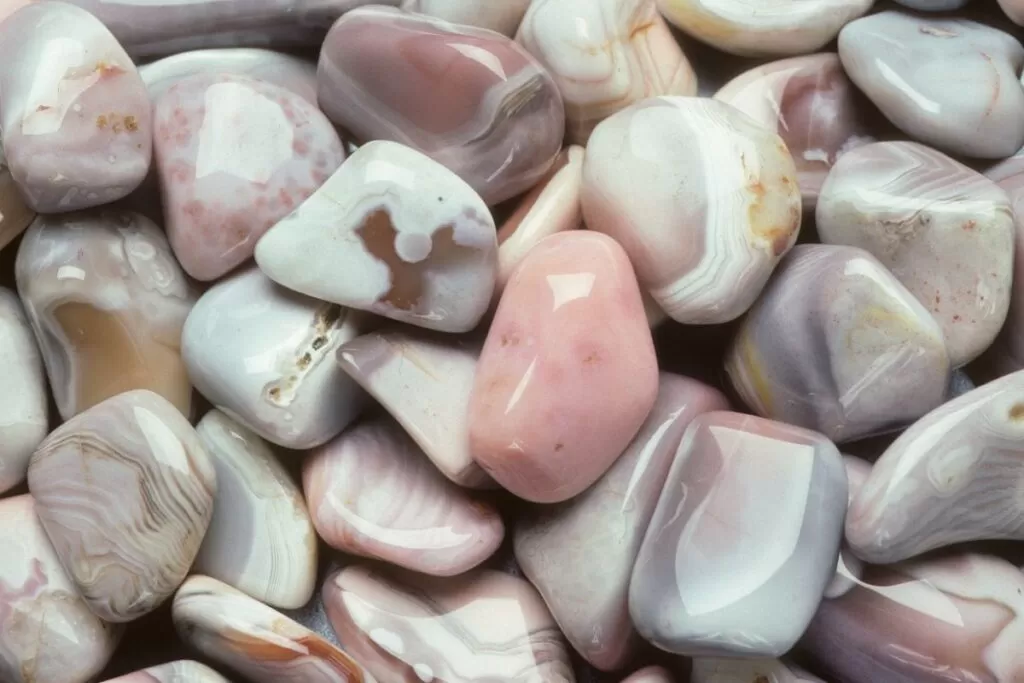
In this guide, we’ll take a closer look at the value of agate and what contributes to this value.
The Historical Significance Of Agate
For centuries, agate has adorned the artifacts of civilizations, from Egyptian scarabs to Greek jewelry.
Its presence has been found in the ruins of ancient cultures, indicating its widespread appeal and value.
In history, agate was more than a mere decoration; it was a symbol of wealth and power, often used in amulets and talismans believed to protect and provide strength to its wearer.
Today, this historical prestige continues to influence its market value and desirability.
Understanding The Value Of Agate
The value of agate stems from various criteria, such as rarity, color, and pattern.
No two agate stones are alike, and this uniqueness can command significant prices in the market.
While some agates are plentiful and easy to acquire, others – due to their distinct colors and mesmerizing patterns – are much sought after, creating a broad spectrum of value.
Is Agate A Precious Stone?
Agate is traditionally considered a semi-precious stone, but this classification doesn’t fully encapsulate its value to collectors and enthusiasts.
Its categorization as semi-precious is a reflection of its availability rather than an indication of its worth or beauty.
Are Agates Worth Any Money?
Agates can be valuable.
The market offers a range from affordable common varieties to rare pieces that are sought after by collectors.
The monetary value of agates is influenced by their individual characteristics, with distinct and visually striking patterns usually being more valuable.
Physical And Aesthetic Characteristics That Impact Agate’s Value
Agates are treasured for their diverse range of colors and banding.
The most valuable agates exhibit vibrant and well-defined bands or other patterns.
Translucency and size also play critical roles, with larger, more transparent pieces generally being more prized.
Sources And Rarity
The discovery of agate deposits in Brazil, Uruguay, the United States, and other countries has provided a steady supply.
However, certain varieties, such as the Laguna Agate from Mexico or the Botswana Agate, are known for their exceptional beauty and are rarer; they are therefore valued more highly.
Synthetic And Treated Agate
While the market does offer synthetic and treated agates at a lower cost, they lack the natural uniqueness that drives the desirability of genuine stones.
Collectors and connoisseurs typically seek out agates that have been formed by the Earth over millions of years, and this preference is reflected in the price.
What Color Is the Most Expensive Agate?
Within the spectrum of agates, certain colors are more prized than others.
For instance, rarer agate colors command higher prices.
Red and orange hues, particularly those found in fire agates, are also highly sought after for their deep, iridescent colors that seem to glow from within.
Here’s an overview of different kinds of agate and their typical price ranges:
Common Agate
Tumbled Stones: Small agate stones that have been tumbled and polished can be very affordable and often sold in bulk. These can range from $0.50 to $3 per stone.
Slices and Slabs: Agate slices, used for decoration or as coasters, can range from $5 to $30, depending on size and color quality.
Botswana Agate
Rough Stones: Unpolished Botswana agate can start from a few dollars and go up to $30-$50 for larger, high-quality pieces.
Polished Stones: Once cut and polished, Botswana agate can sell for $20 to $100+ for individual stones, especially if they have distinctive banding and color.
Laguna Agate
This type of agate is known for its vibrant bands and is quite collectible. Small pieces might start at $30-$50, while larger, more distinctively banded pieces can command hundreds of dollars.
Moss Agate
Rough Moss Agate: Prices can start as low as $2-$5 for smaller pieces, with larger pieces reaching up to $20.
Jewelry Pieces: When set in silver or other metals, moss agate jewelry can range from $20 to $200+, depending on the craftsmanship and design.
Blue Lace Agate
Beads and Small Stones: These can be found for $1-$5 apiece, with strands of beads ranging from $10 to $50.
Larger Polished Stones: These can cost anywhere from $20 to $100+, especially if the blue color is particularly vibrant.
Fire Agate
Raw Stones: Unpolished fire agate starts at about $10 for small nodules and can go well over $100 for larger pieces with good color play.
Cut and Finished Stones: High-quality fire agate with exceptional iridescence can range from $50 to several thousand dollars for a single stone, particularly if it’s been well-cut to display the stone’s fiery colors.
These prices are subject to change based on market demand, the particular vendor, and the specific qualities of each piece of agate. Additionally, custom jewelry pieces featuring agate will carry a premium due to the craftsmanship involved.
It’s also worth noting that while certain types of agate can be quite affordable, exceptional specimens of any variety are always more valuable.
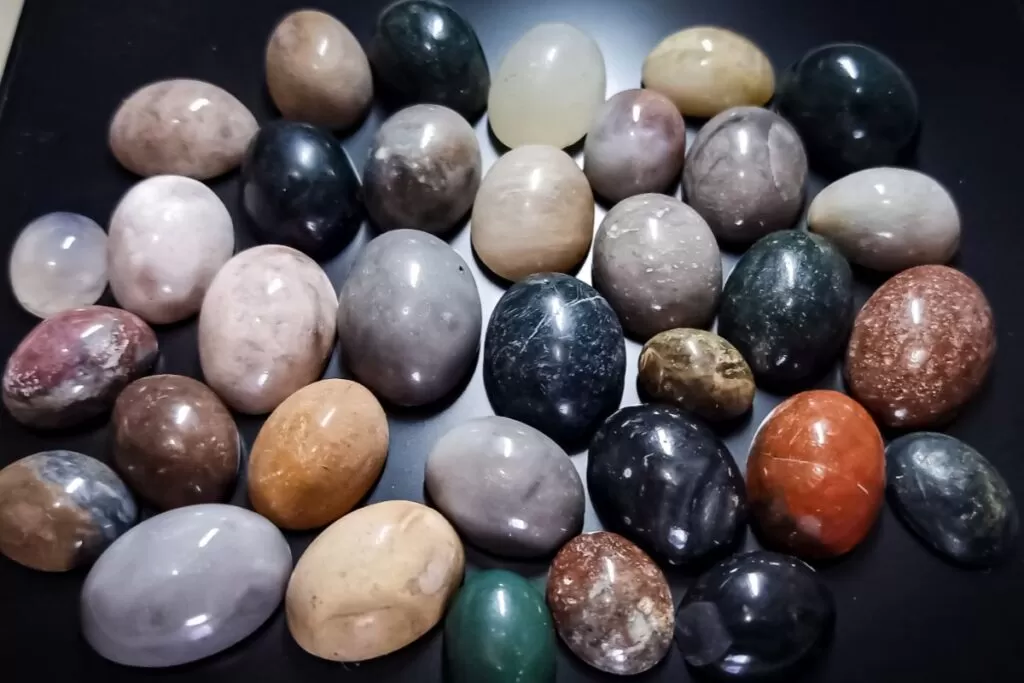
Market Value Of Agate
Current market trends show that agate’s value is stable, with particular interest in pieces that showcase outstanding natural patterns and colors.
The demand for unique, sustainably sourced, and ethical gemstones is on the rise, which may influence agate’s popularity and value in the future.
Comparison With Other Gemstones
Agate’s position in the gemstone hierarchy is unique. While it doesn’t reach the high value of diamonds or the classic appeal of sapphires, it is appreciated for its individual beauty.
Diamonds, known for their clarity and brilliance, and sapphires, for their rich colors, often command steep prices.
Agate, on the other hand, offers a more affordable yet equally striking alternative. Each piece, with its distinct bands and hues, provides an exclusive, earthy charm.
The value of agate lies in its visual appeal and its ability to offer something for every collector at a more accessible price point, making it a favored choice for those who seek beauty as well as value.
Is Agate More Expensive Than Diamond?
No, agate is not more expensive than diamond; diamonds are generally far more valuable due to their unparalleled hardness, brilliance, and status as a highly coveted precious gemstone.
Conclusion
The true value of agate is a confluence of its unique beauty, historical and cultural significance, and the rare qualities of certain specimens.
While not all agates are expensive, the most prized pieces are those that combine the finest attributes of this versatile gemstone – captivating patterns, vibrant colors, and an enchanting natural origin.
Agate’s place in the gemstone market is well-established and appreciated for both its aesthetic qualities and the personal connection it inspires in those who possess it.
- 15 Crystals That Cannot Be Exposed To The Sun - January 7, 2024
- Malachite Vs Fuchsite – Benefits And Uses - January 7, 2024
- Malachite Vs. Green Jasper: Benefits And Uses - January 7, 2024

